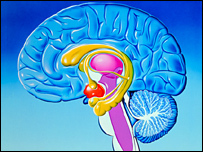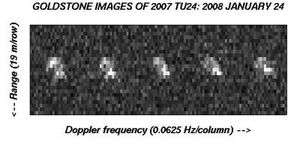Preventing global warming from becoming a planetary catastrophe may take something even more drastic than renewable energy, superefficient urban design, and global carbon taxes. Such innovations remain critical, and yet disruptions to the Earth's climate could overwhelm these relatively slow, incremental changes in how we live. As reports of faster-than-expected climate changes mount, a growing number of experts worry that we might ultimately be forced to try something quite radical: geoengineering.
Geoengineering involves humans making intentional, large-scale modifications to the Earth's geophysical systems in order to change the environment. These can include sequestering atmospheric carbon dioxide in the oceans, changing the reflectivity of the Earth's surface, and pumping particles into the stratosphere to block a fraction of incoming sunlight. Many of these proposals mimic natural events, so we know that - in principle - they can work, although there is insufficient understanding of their potential side effects. Unsurprisingly, geoengineering is highly controversial, and even proponents view it as a "Hail Mary" pass, to be considered only after all other options have failed.

|
| ©NASA |





Comment: The prospect of geoengineering is far more worrying when one considers the psychopathic destructively short-sighted and self-interested nature of those in power who would direct such measures; and also the massive extent of the misconceptions and falsehoods that currently masquerade as scientific knowledge of the planet we inhabit - a lack of objectivity which could cause such measures to fail catastrophically.